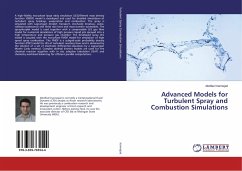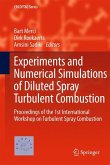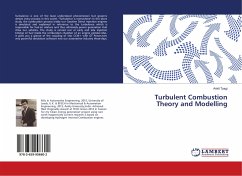A high-fidelity two-phase large eddy simulation (LES)/filtered mass density function (FMDF) model is developed and used for detailed simulations of turbulent spray breakup, evaporation and combustion. The spray is simulated with Lagrangian droplet transport, stochastic breakup, wake, collision/coalescence and finite rate heat and mass transfer submodels. The spray/droplet model is used together with a compressible LES gas flow model for numerical simulations of high pressure liquid jets sprayed into a high temperature and pressure gas chamber. The developed spray LES model is coupled with the two-phase FMDF model for simulation of high speed spray combustion. The FMDF is a subgrid-scale probability density function (PDF) model for LES of turbulent reacting fows and is obtained by the solution of a set of stochastic differential equations by a Lagrangian Monte Carlo method. Complex skeletal kinetics models are used for the chemical reaction together with in situ adaptive tabulation (ISAT) and chemistry workload balancing for efficient parallel computations.







